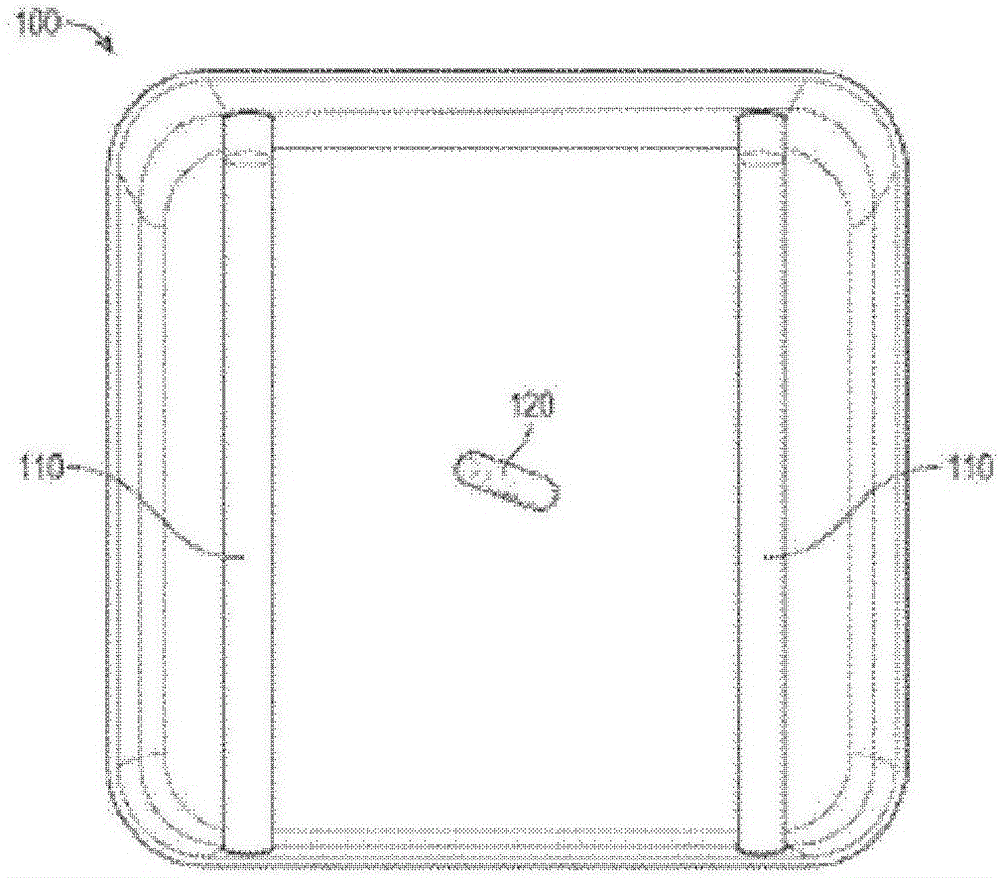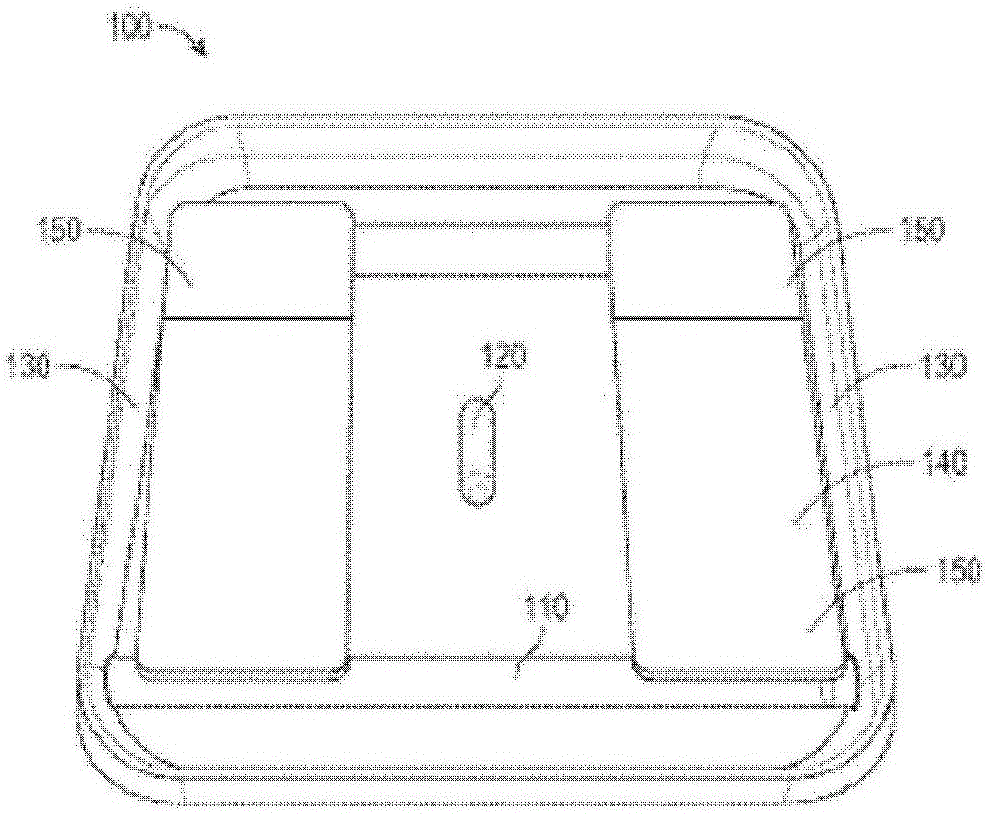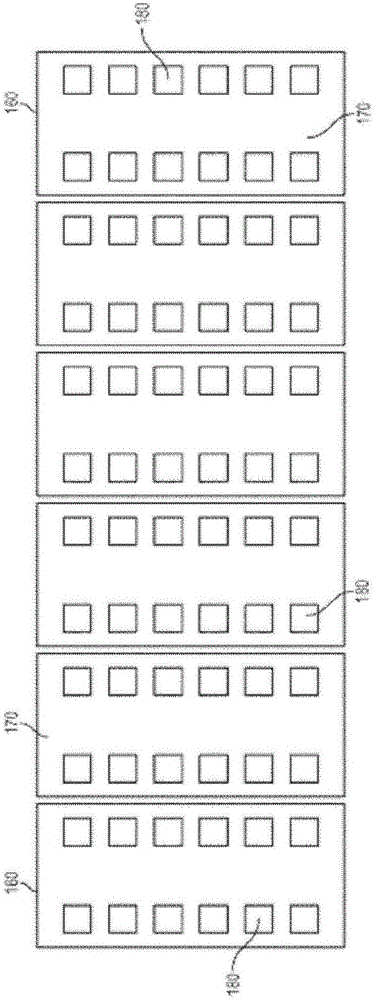Oral biofilm models and uses thereof
A technology of biofilm and oral cavity, which is applied in the directions of biochemical equipment and methods, measurement/inspection of microorganisms, methods of supporting/immobilizing microorganisms, etc., and can solve problems such as increasing surface roughness and biofilm accumulation
- Summary
- Abstract
- Description
- Claims
- Application Information
AI Technical Summary
Problems solved by technology
Method used
Image
Examples
example 1
[0052] Example 1. Preparation of tooth enamel samples
[0053] Precut bovine enamel samples were obtained from Bennet Amaechi, DDS, MS, PhD, FDI, Department of Comprehensive Dentistry, University of Texas Health, Cariology, 7703 Floyd Curl Drive, MC 7917, San Antonio, TX 78229-3900 Professor and Director of Science Center. The samples were cast into 38 mm diameter pans using acrylic casting resin to allow the samples to be polished to a mirror finish using a Buehler polisher.
[0054] The samples were visually inspected to ensure that the enamel was fully exposed and free of defects. Each disc has approximately 18 to 20 samples. The samples were divided into three groups: polished, acid etched, acid etched plus brushed with the test toothpaste. Acid etching was done by immersing the specimen in 5% citric acid for 30 seconds. A subset of the acid etched samples were brushed on a Kal-Tech linear brusher using a 1:3 slurry of test toothpaste. An ordinary flat trimming toot...
example 2
[0056] Example 2. Based on surface roughness (polished, acid etched, and acid etched / brushed with test toothpaste) versus enamel Bacterial Attachment to Plasma Samples
[0057] Bacterial Attachment Studies Using a Fixed Volume Dynamic Flow Oral Biofilm Model. In this model, the reaction vessel was a 100x15 mm square polystyrene Petri dish (Electron Microscopy Science). Mount enamel samples on microscope slides using modeling clay. Care was taken to ensure that only the conditioned enamel surface was exposed and that the clay surface with the enamel sample was as flat as possible to minimize sample-to-sample and slide-to-slide variations in turbulent flow. For a particular experimental run, three reaction vessels were used. Each container contained a maximum of 24 enamel samples (two slides of 12 samples each). In Experiment 1, a three-panel study was conducted: rough vs. polished vs. whitening toothpaste. For Experiment 2, a two-panel study was performed: coarse versus...
example 3
[0058] Example 3. Protocol for growing and quantifying diverse microbial biofilms on enamel blocks
[0059] A. Semi-dynamic system preparation
[0060] Cut a polystyrene pipette into two 3.5-inch pieces. Pipette pieces are made to fit snugly inside the square container. The pipette slides were sterilized with a 1:10 bleach solution for 30 minutes, rinsed thoroughly with sterile water, and allowed to dry. Such as image 3 As shown in , samples were embedded (12 / slide) on top of a substrate (microscope slide) containing a uniformly distributed layer of modeling clay. Blocks were layered such that there were differently treated samples in each slide to balance any possible positional effects. Microscope slides were UV sterilized (enamel block side up) for 30 min. Under sterile conditions, such as figure 1 Place two pipette pieces in a square dish (container) containing a small sterile stir bar as shown in . Transfer the microscope slide into the container so that it fi...
PUM
| Property | Measurement | Unit |
|---|---|---|
| surface roughness | aaaaa | aaaaa |
| surface roughness | aaaaa | aaaaa |
Abstract
Description
Claims
Application Information
 Login to View More
Login to View More - R&D
- Intellectual Property
- Life Sciences
- Materials
- Tech Scout
- Unparalleled Data Quality
- Higher Quality Content
- 60% Fewer Hallucinations
Browse by: Latest US Patents, China's latest patents, Technical Efficacy Thesaurus, Application Domain, Technology Topic, Popular Technical Reports.
© 2025 PatSnap. All rights reserved.Legal|Privacy policy|Modern Slavery Act Transparency Statement|Sitemap|About US| Contact US: help@patsnap.com



